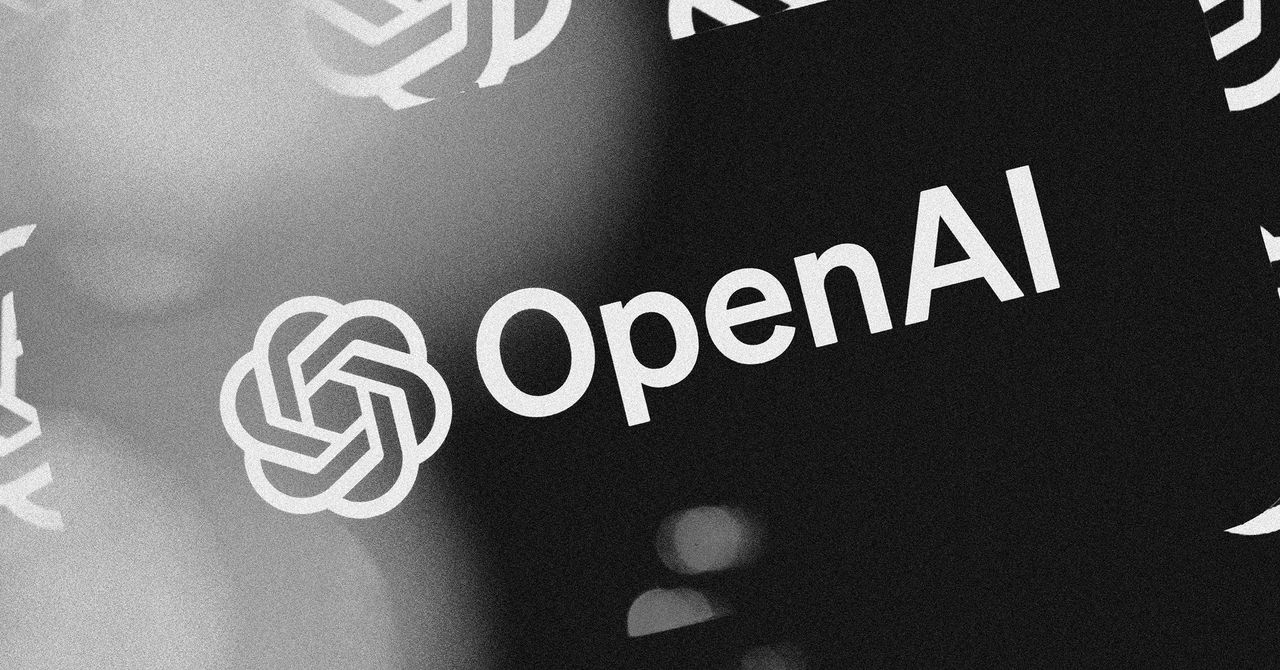Can it lead to employee burnout?
 Anurag Garg
Anurag GargWhen ChatGPT burst onto the scene in late 2022, PR agency founder Anurag Garg was eager for his 11-person team to quickly integrate the technology into their workflows so businesses could keep up with competitors.
Mr. Garg encourages his staff to use AI language tools for a long list of the agency’s daily tasks, from coming up with story ideas for clients, delivering pitches to the media, and transcribing meetings and interviews.
But instead of increasing team productivity, it creates stress and tension.
Staff reported that the task actually took longer because they had to create summaries and prompts for ChatGPT while also carefully checking its output for inaccuracies, of which there were many.
And every time the platform is updated, they have to learn new features, which also takes extra time.
“There are too many distractions. The team complained that their tasks were taking twice as long because we now expect them to use artificial intelligence tools,” said Mr. Garg, who handles public relations for Everest and splits his time between the United States and India .
The whole purpose of bringing AI into companies is to streamline people’s workflows, but it actually gives everyone more work to do, leaving them feeling stressed and burned out. “
As a business leader, Mr. Garg also began to feel overwhelmed by the increasing number of AI tools being launched and felt he had to keep up with each new tool. Not only does he use ChatGPT as does his team, he also uses Zapier to track team tasks and Perplexity to supplement customer research.
“There are a plethora of AI tools on the market, and no one tool can solve multiple problems. As a result, I often need to keep tabs on multiple AI tools to perform tasks, which becomes even more confusing. It’s hard to keep track of which tool is supposed to do what, I started feeling very depressed,” Mr. Garg said.
“The market is flooded with AI tools, so if I invest in a specific app today, there will be a better app available next week. There’s a constant learning curve required to stay relevant, and I find that very Difficult to manage, leading to burnout.”
Mr. Garg changed the requirement that teams should use AI in all their work, now they use it mostly for research purposes – and everyone is much happier.
“This has been a learning phase for us. Now, since we are not using as many AI tools, the work is more manageable. We have returned to everything being done directly by the team, and they feel more connected and engaged At work. Much better,” Mr Garg said.
 Getty Images
Getty ImagesThe pressure Mr. Garg and his team are under to use artificial intelligence tools in their work is reflected in recent research.
In a survey of 2,500 knowledge workers in the US, UK, Australia and Canada by freelance platform Upwork, 96% of executives said they expected the use of AI tools to improve their company's overall productivity levels, including 81% of people admit they have increased demand for AI tools. workers over the past year.
However, 77% of employees in the survey said that AI tools actually reduce their productivity and increase their workload. In the survey, 47% of employees using artificial intelligence said they did not know how to achieve the productivity improvements expected by their employers.
Accordingly, another survey of 1,150 Americans by resume writing company Resume Now revealed that 61% believe using artificial intelligence at work will increase their chances of experiencing burnout — and among those under 25, the highest number One proportion rose to 87%.
The Resume Now survey also highlighted that 43% of people believe that artificial intelligence will have a negative impact on work-life balance.
Whether the technology is based on artificial intelligence or not, surveys show many employees are already feeling overwhelmed.
Further research from work management platform Asana highlights the effects of introducing more work-based applications.
In a survey of 9,615 knowledge workers in Australia, France, Germany, Japan, the UK and the US, it found that 15% of people who use between six and 15 different apps in the workplace said they missed messages And notifications are because of the number of tools.
For those who use 16 or more apps, 23% said they are less productive and their attention spans are shortened due to the need to constantly switch between apps.
As Cassie Holmes, professor of management at the University of California, Los Angeles, commented in the study: “Using multiple apps requires extra time to learn them and switch between them, and that wasted time is painful because we are so obsessed with wasting time. sensitive. “
 Gemma shoots someone
Gemma shoots someoneLawyer-turned-coach Leah Steele now focuses on helping legal professionals overcome burnout, many of whom are feeling burdened by increased corporate workload demands following the introduction of AI-based productivity tools. It's an experience she's familiar with, having grown her client caseload from 50 to 250 in a previous role after introducing a new technology platform.
“The biggest thing I see is this constant competitive demand to do more with less – but companies don't really think about whether the systems and technology they're introducing are going to have unhelpful results,” Bristol said – based on Ms Steele.
“Everything is moving so fast. Developing expertise and staying ahead of the curve in such a cutting-edge field is a constant battle.”
Ms. Steele added that the burnout lawyers are now experiencing is not only due to the increasing workload created by technology and artificial intelligence tools, but also the knock-on effects that come with it.
“When we look at burnout, it's not just about the amount of work we're doing, but also how we feel about our work and what we get out of our work,” Ms. Steele said.
“When all you initially want to do is engage with customers in person and make a difference for them, you can feel stressed about ending up in a high-volume and low-control environment.”
Ms Steele added: “You may also feel stressed by the risk of losing your job and worry about being replaced because you no longer enjoy the job because it has become so technology-driven.”
The Law Society of England and Wales acknowledges that lawyers need better support from law firm leaders to make the most of new technologies such as artificial intelligence.
“While artificial intelligence and new technologies can make legal work more efficient by automating routine tasks, they can also create more work for lawyers, not less,” said President Richard Atkinson.
“Learning to use these tools takes time, and lawyers often need to undergo training and adapt their workflows. Many technologies were not originally designed for legal departments, which can make the transition more challenging.”
 fly
flyAlicia Navarro is the founder and CEO of Flown, an online platform and community that helps people focus on “deep work”—tasks that require sustained concentration. She agreed there was a “proliferation” of AI tools, but said they needed to be used correctly.
“There’s a lot of filtering and learning that has to happen before these tools start to become productive elements in our lives”.
But she believes that for smaller companies with limited resources, AI can be of great help.
“It's an incredible thing for a startup to be able to do more, or for the company to be able to pay more dividends or pay more wages to the team.”










